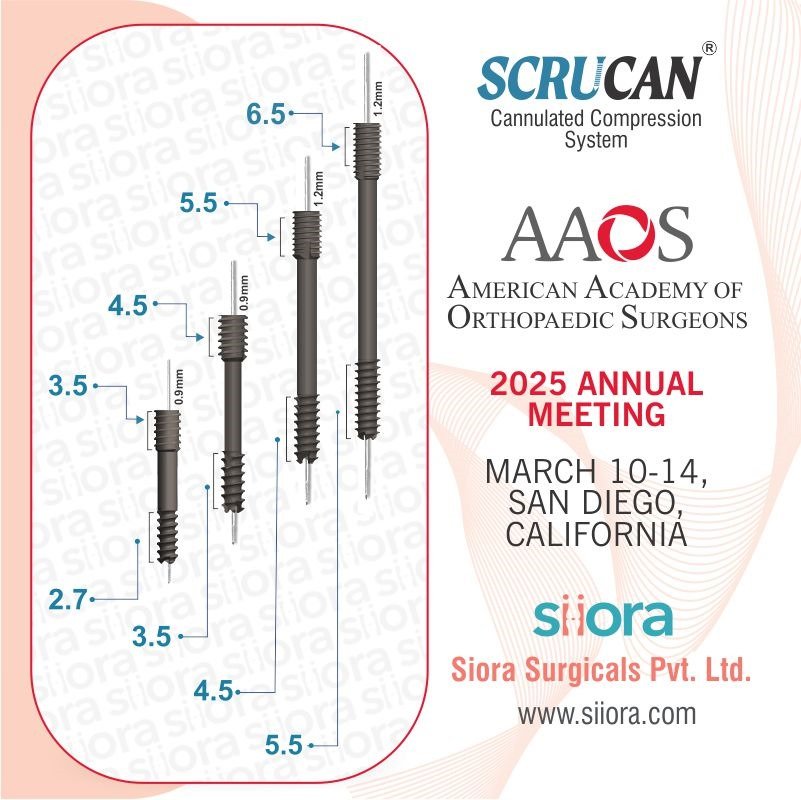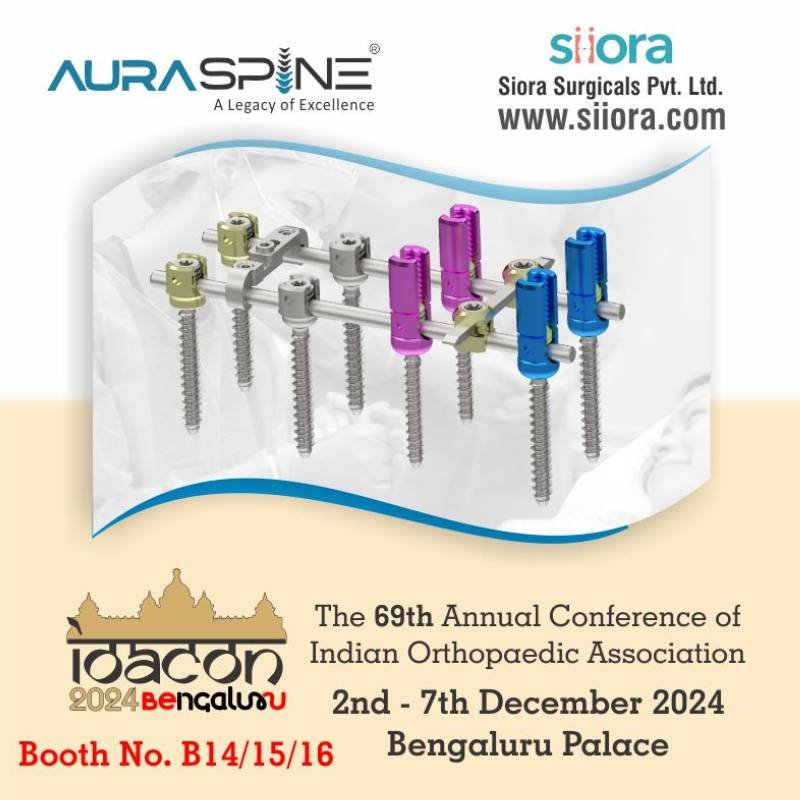Osteotomy is an orthopedic surgery in which the surgeon cuts a small part of the bone to realign any bone deformity. An orthopedic specialist may also recommend osteotomy for relieving symptoms associated with several orthopedic conditions like arthritis. The surgery is carried out under general anesthesia. In this post, we will talk about osteotomy in detail along with the reasons and the procedure. Let us start with an introduction to osteotomy.
What is Osteotomy? An Overview.
Osteotomy is a surgical procedure that involves cutting and repositioning bones to improve their alignment and function. The procedure can be performed on any bone in the body, but it’s commonly performed on the knee, hip, and shoulder joints. Osteotomy is typically used to treat arthritis, deformities, and other conditions that cause pain and restrict movement. By cutting and repositioning the bone, the alignment is improved, and the load is distributed evenly across the joint. This helps to relieve pain, improve function, and delay the need for joint replacement surgery.
The procedure involves anesthesia to numb the area being operated on, making a small incision over the bone, cutting the bone using a saw or other specialized tools, repositioning the bone, fixing the bone in its new position using bone screws, plates, or other hardware, and closing the incision using sutures or staples. While osteotomy can be an effective treatment option, it carries risks like any surgical procedure. Patients should discuss the benefits and risks of osteotomy with their doctor to determine if it’s the right treatment option for them.
Why is Osteotomy Performed?
Osteotomy can be performed for various reasons, such as:
To treat arthritis
Osteotomy is commonly performed on the knee joint to treat arthritis that affects only one side of the knee. Arthritis can cause damage to the joint, leading to pain and reduced function. Thus, by realigning the knee joint, the pressure is shifted from the damaged side to the healthy side, relieving pain and improving function.
To correct deformities
Osteotomy can be used to correct deformities such as bowlegs or knock-knees. Deformities can cause the bones to be misaligned, leading to pain and reduced function. By cutting and repositioning the bones, the alignment is improved, and the load is distributed evenly across the joint, reducing the risk of further damage.
To delay joint replacement
Osteotomy is sometimes performed to delay the need for joint replacement surgery. Joint replacement surgery is a major procedure that involves replacing the damaged joint with an artificial joint. By improving the alignment of the joint, the load is shifted to the healthy side, reducing wear and tear on the damaged side. Hence, this can help to delay the need for joint replacement surgery, which has a longer recovery time and carries a higher risk of complications.
To improve sports performance
In some cases, athletes may have a bone that is misaligned, leading to reduced performance or an increased risk of injury. By performing an osteotomy to improve the alignment of the bone, the athlete can improve their performance and reduce their risk of injury.

What Are the Types of Osteotomy?
There are several types of osteotomy that can be performed depending on the specific needs of the patient. Here are some of the most common types of osteotomy:
High Tibial Osteotomy (HTO)
High Tibial Osteotomy is commonly used to treat knee arthritis. It involves cutting and repositioning the tibia bone (the shinbone) to improve the alignment of the knee joint. HTO is usually performed on patients who have arthritis affecting only one side of the knee joint.
Distal Femoral Osteotomy (DFO)
Distal Femoral Osteotomy is a type of osteotomy that is performed on the thigh bone (femur) to correct deformities such as bowlegs or knock-knees. DFO involves cutting and repositioning the femur bone to improve the alignment of the knee joint.
Proximal Tibial Osteotomy (PTO)
Proximal Tibial Osteotomy is performed on the tibia bone to treat knee arthritis. PTO involves cutting and repositioning the tibia bone to improve the alignment of the knee joint.
Pelvic Osteotomy
Pelvic Osteotomy is a type of osteotomy that is performed on the pelvis bone to correct hip dysplasia. Hip dysplasia is a condition in which the hip joint doesn’t develop properly, leading to instability and pain. It involves cutting and repositioning the pelvis bone to improve the alignment of the hip joint.
Calcaneal Osteotomy
Calcaneal Osteotomy is performed on the heel bone (calcaneus) to treat foot deformities such as flat feet. It involves cutting and repositioning the calcaneus bone to improve the alignment of the foot.
What is the Procedure of Osteotomy?
Osteotomy is typically performed under general anesthesia and takes several hours to complete. The procedure involves the following steps:
Incision: The surgeon makes an incision over the affected bone to access it.
Bone Cutting: The surgeon uses a saw or chisels to carefully cut the bone in a precise location.
Bone Repositioning: The surgeon repositions the bone to the correct alignment and secures it in place using plates, screws, or pins.
Closure: The incision is closed using sutures or staples, and a bandage or cast is applied to protect the area.
Post-Operative Care
After the surgery, the patient will typically need to stay in the hospital for several days to monitor their recovery. Besides this, they may need to use crutches or a walker to move around and avoid putting weight on the affected limb. Physical therapy may also be recommended to help improve strength and mobility. Besides this, pain medication may be prescribed to manage discomfort, and the patient will need to follow strict instructions on wound care to prevent infection.
How Recovery is Like After Osteotomy?
Immediately following the surgery, the patient will typically stay in the hospital for a few days for monitoring and receiving pain management. Pain and swelling are common in the first few weeks after surgery, and the patient will need to take pain medication and ice the affected area to manage these symptoms. They will also be given physical therapy exercises to perform in order to maintain their range of motion and prevent stiffness.
As the healing process progresses, the patient will gradually be able to bear weight on the affected area. This can take several weeks or even months, depending on the extent of the surgery and the individual’s overall health.
Physical therapy will continue throughout the recovery process, with the goal of strengthening the affected area and improving mobility. The patient will also be advised to make lifestyle changes, such as maintaining a healthy weight and avoiding high-impact activities that could put stress on the affected joint.
Overall, recovery after osteotomy requires patience and commitment to the rehabilitation process. By following the advice of medical professionals and staying diligent with physical therapy exercises, patients can expect to see significant improvement in their mobility and quality of life over time.
Siora Surgicals Pvt. Ltd. is a leading orthopedic implant manufacturer in India operating for over 3 decades. The company manufactures hundreds of different types of CE-certified orthopedic implants and instruments. Siora uses medical-grade stainless steel and titanium to manufacture implants and tests them to meet strict quality parameters before being sent to the inventory. The company is also a reliable OEM/Contract manufacturing service across the globe.







